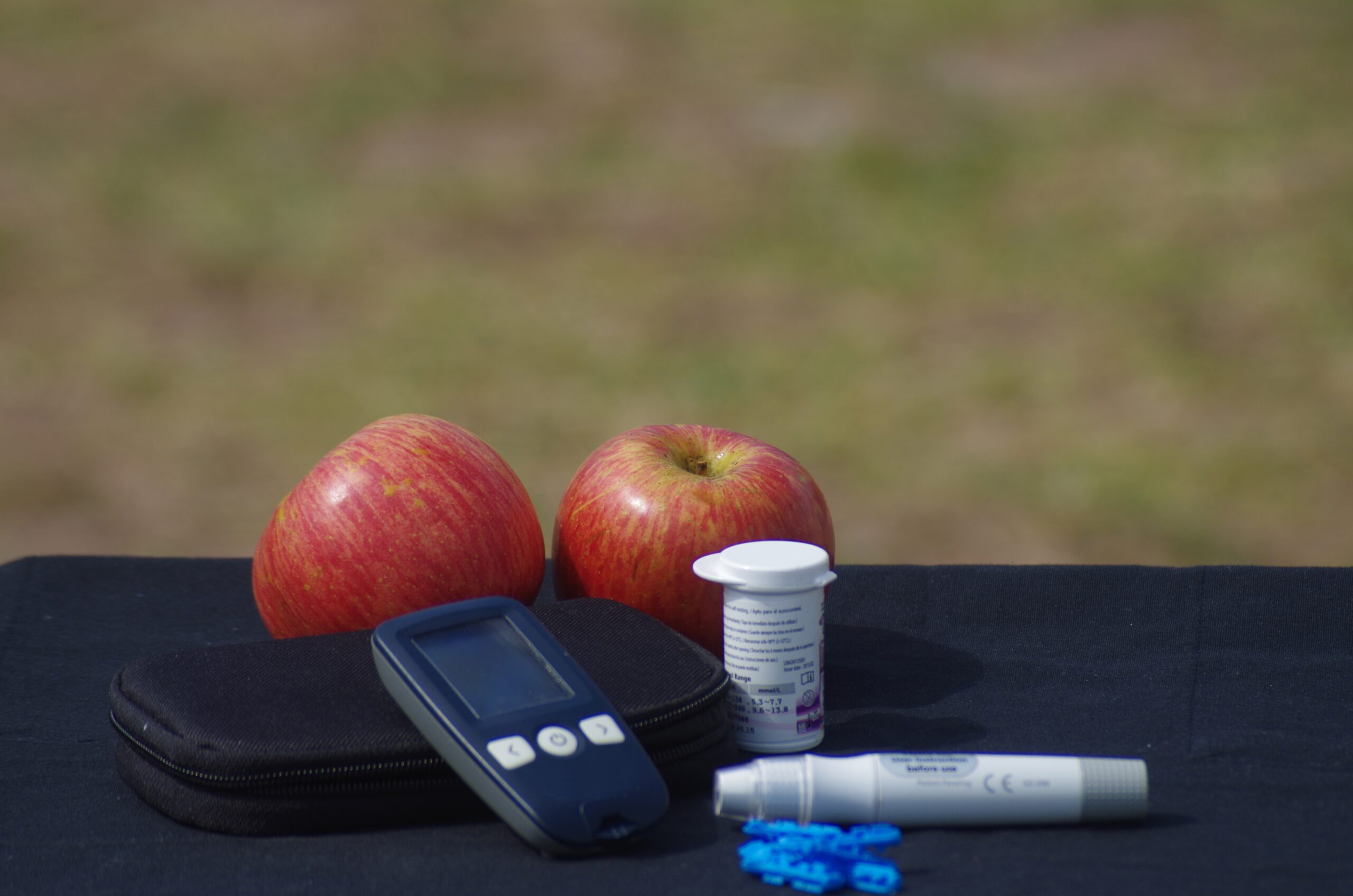
Medicare beneficiaries who have diabetes and require supplies like test strips, lancets, and insulin will be happy to know that the coverage for those items has not changed in 2022. We will outline diabetic supplies and what Medicare covers. As well as what you might expect to pay out of pocket for them.

Diabetic Supplies Covered By Medicare
Medicare Part B coverage includes therapeutic shoes or inserts for diabetics who have certain conditions — ask the doctor who treats your diabetes if you need them. Here are the steps:
- A qualified doctor (such as a podiatrist) must prescribe the shoes or inserts.
- A qualified doctor (such as an orthodontist) must provide and fit you for the shoes or inserts.
- Medicare Part B covers one pair of custom-molded shoes (including inserts) or one pair of depth-inlay shoes per calendar year.
- Medicare also covers two additional pairs of inserts each calendar year for custom-molded shoes and three pairs of inserts for depth-inlay shoes.
- In certain cases, shoe modifications may be substituted for inserts.
- The supplier must have an order (prescription) on file signed and dated by the treating doctor; if you switch to a different supplier, you may need to have your prescription transferred or get a new prescription from your doctor. Make sure your supplier is enrolled in Medicare.
Medicare Covered Costs
Diabetic supplies that are covered by Medicare Part B have no deductible and you will only be responsible for a 20% coinsurance. For example, if your doctor prescribes a pair of custom-molded shoes that cost $100, you would only be responsible for $20 out of pocket.
Medicare Does Not Cover
There are some diabetic supplies that Medicare Part B does not cover, including:
- Routine foot care and routine nail care
- Eye exams related to diabetes (Medicare Part B covers one comprehensive dilated eye exam every 12 months for people with diabetes)
- Foot exams for people with diabetes who do not have symptoms of diabetic peripheral neuropathy
- Diabetic self-management training
What About Medicare Advantage Plans?
Medicare Advantage Plans help with diabetic supplies. However, the coverage may be different than what has been outlined above for Medicare. For example, your plan may only cover one pair of shoes every two years or it may have different coinsurance amounts. You also may want to check with your plan provider to find out what exactly

What Falls Under Medicare Part D(Prescription Drug Plans)?
Medicare Part D plans are prescription drug plans that can help you pay for the cost of your diabetes medications. Most people with Medicare have Part A (Hospital Insurance) and Part B (Medical Insurance). You can choose to enroll in a stand-alone Medicare Prescription Drug Plan or get this coverage as part of a Medicare Advantage Plan.
If you have diabetes, your medications may fall under Medicare Part D.
Examples of some medications:
- Insulin
- Oral diabetes medications
- Glucagon emergency kit
- Blood sugar test strips
- Lancets
- Glucosemeter
Medicare Part D Covered Costs
Your costs for covered diabetes drugs will vary depending on which plan you choose and whether you get help from Extra Help. Most plans have a yearly deductible. After you meet your deductible, you usually pay a copayment or coinsurance for your drugs. You might also pay a monthly premium to your Medicare Prescription Drug Plan.
What About Medicare Supplement Insurance Plans?
Medicare Supplement Insurance plans help with your diabetic supplies. However, the coverage may be different. They cover the 20% precent which limits your costs. For example, your plan may only cover one pair of shoes every two years or it may have different coinsurance amounts. Be sure to check with your plan provider.
What if I Have a Private Insurance Plan?
Private insurance covers diabetic supplies. However, the coverage may be different depending on your coverage. For example, your plan may only cover one pair of shoes every two years or it may have different coinsurance amounts. Be sure to check your benefit details so you are aware of your coverage.
The bottom line is that if you have diabetes, there are a variety of options available to help you cover the cost of your supplies. Be sure to speak with your doctor. As well as with your carrier to find out if something is covered. And, as always, check with your supplier to make sure they are enrolled in Medicare before you purchase any supplies.
This concludes our blog post on diabetic supplies. As well as what Medicare covers . We hope you found this information helpful! Stay tuned for more!
